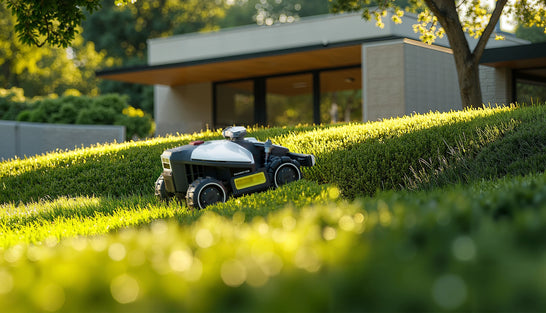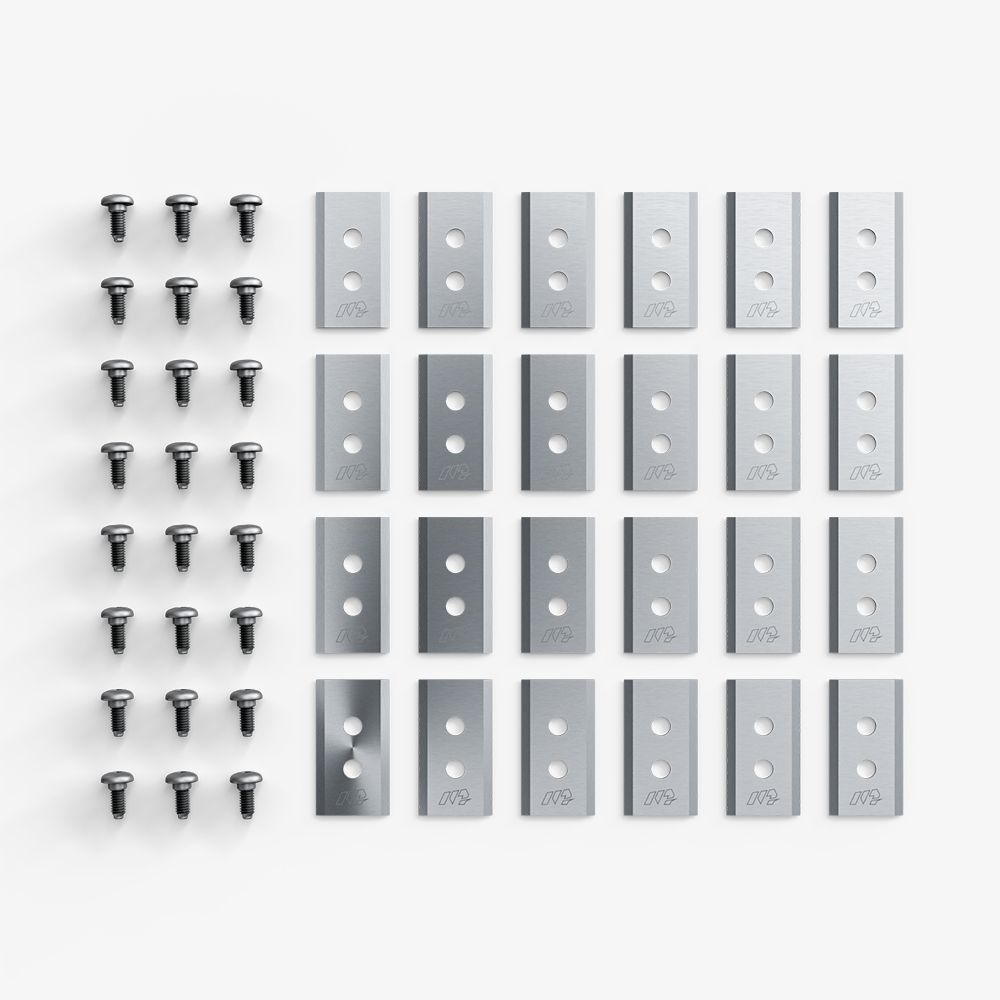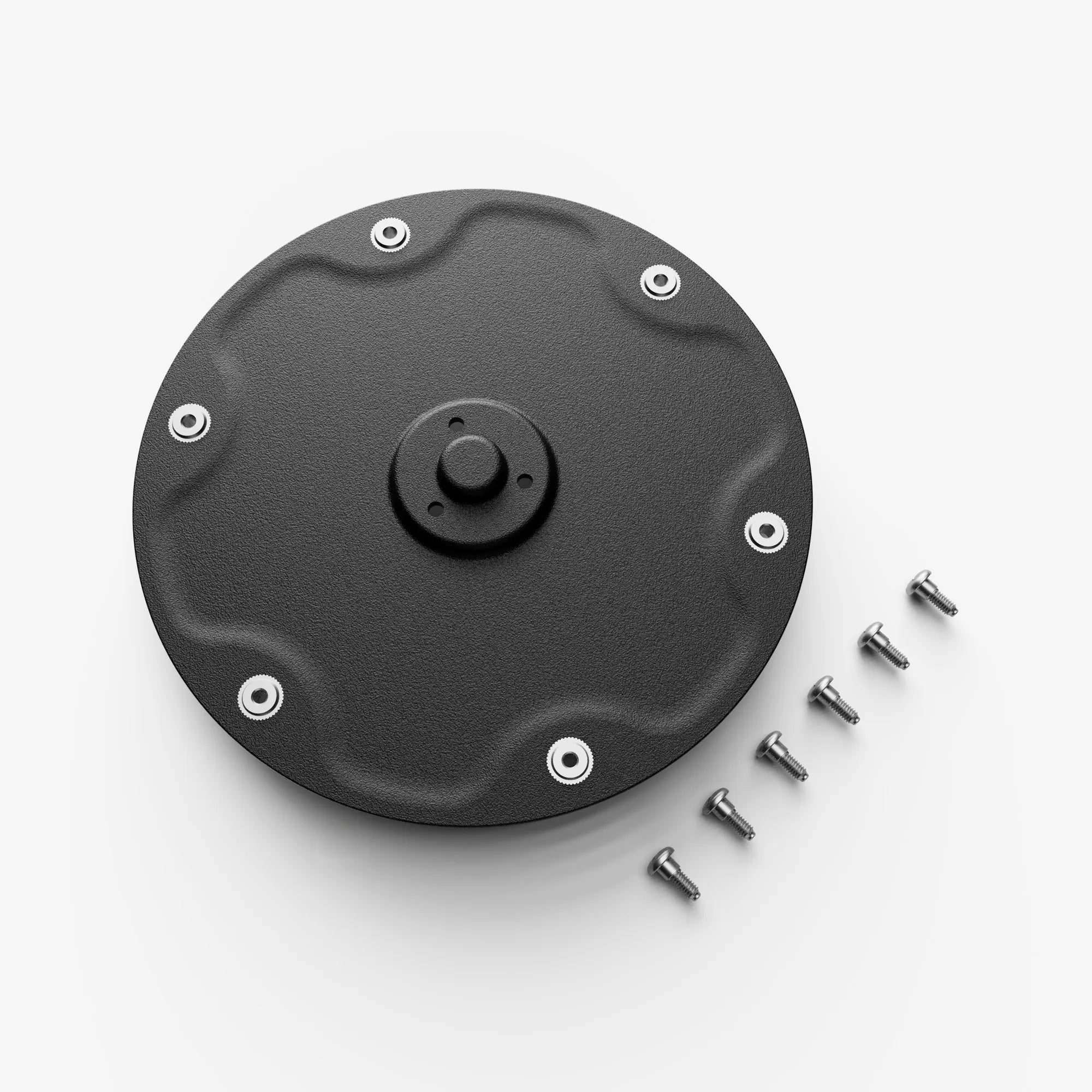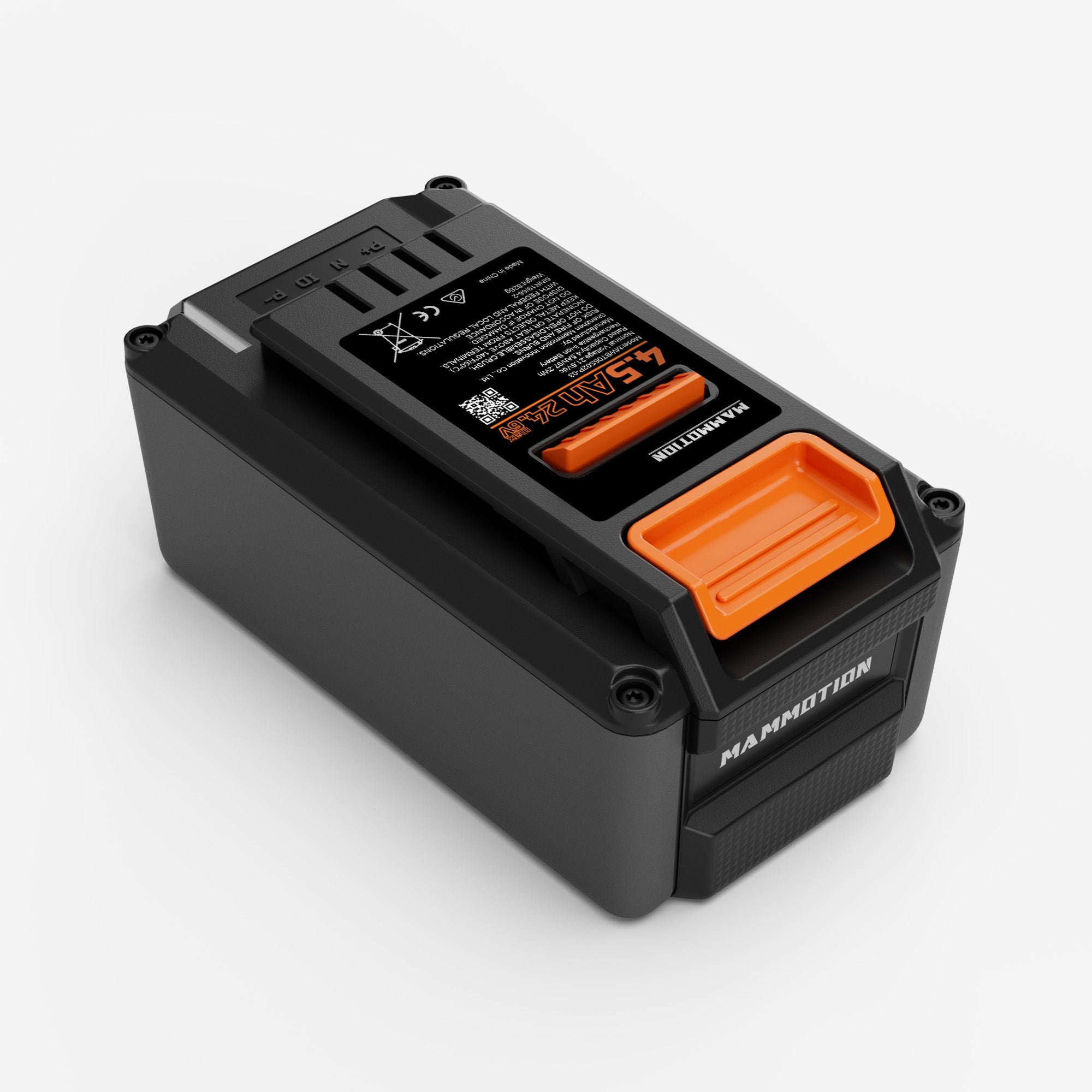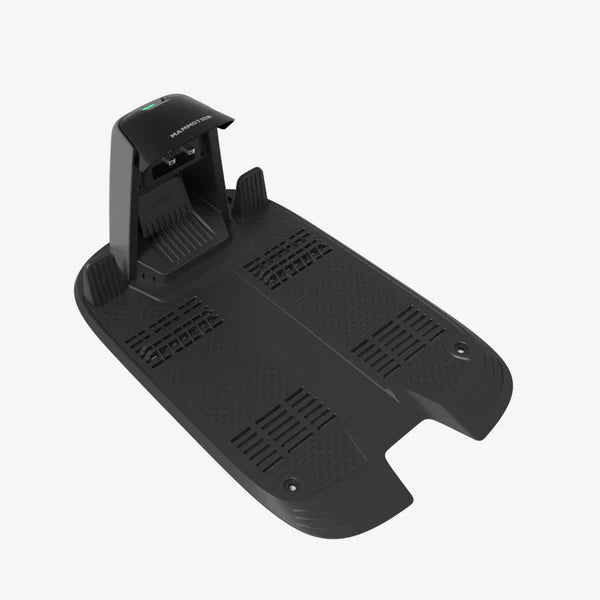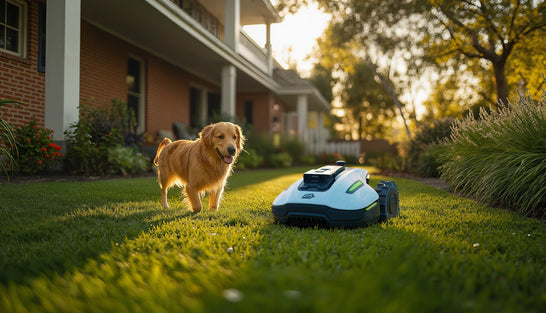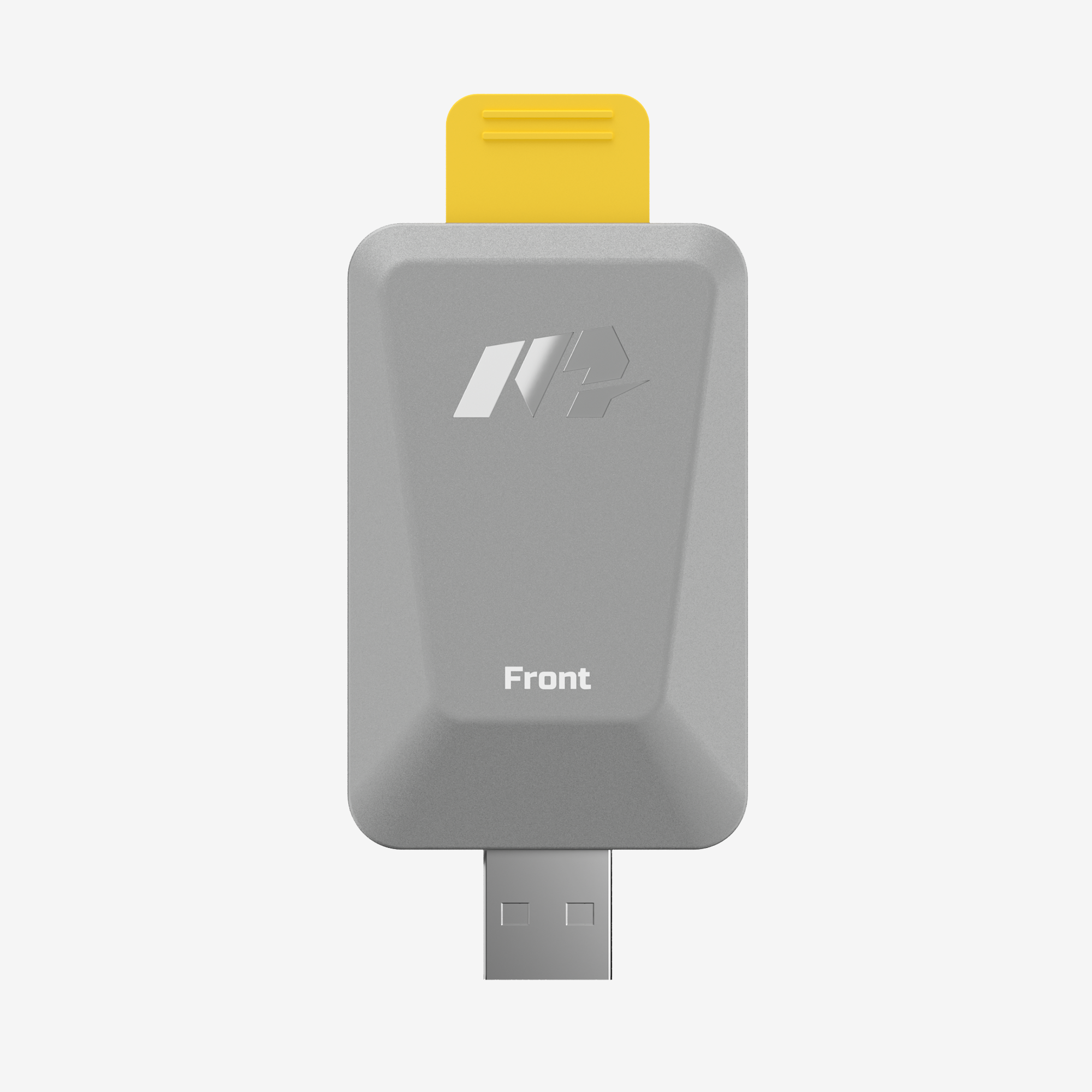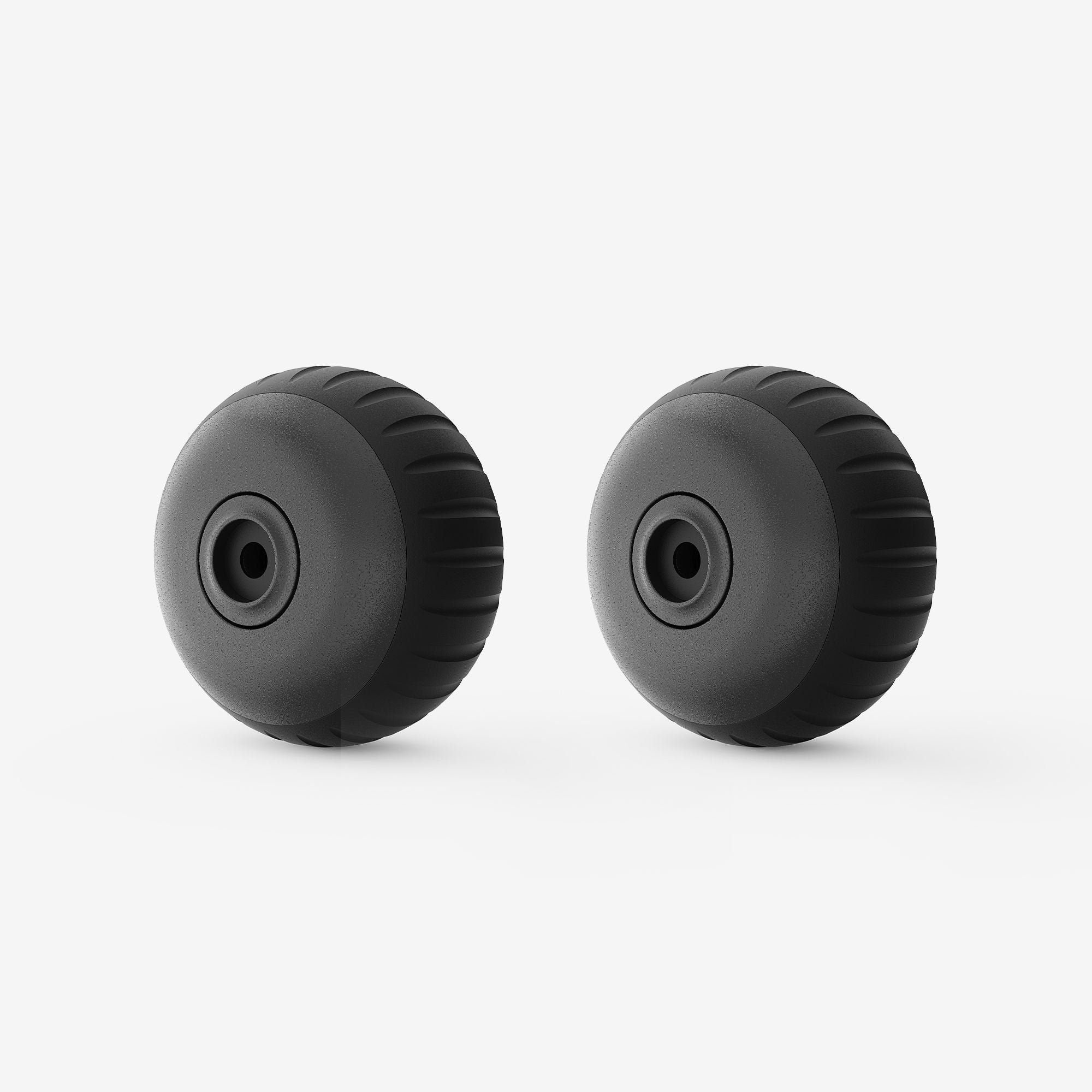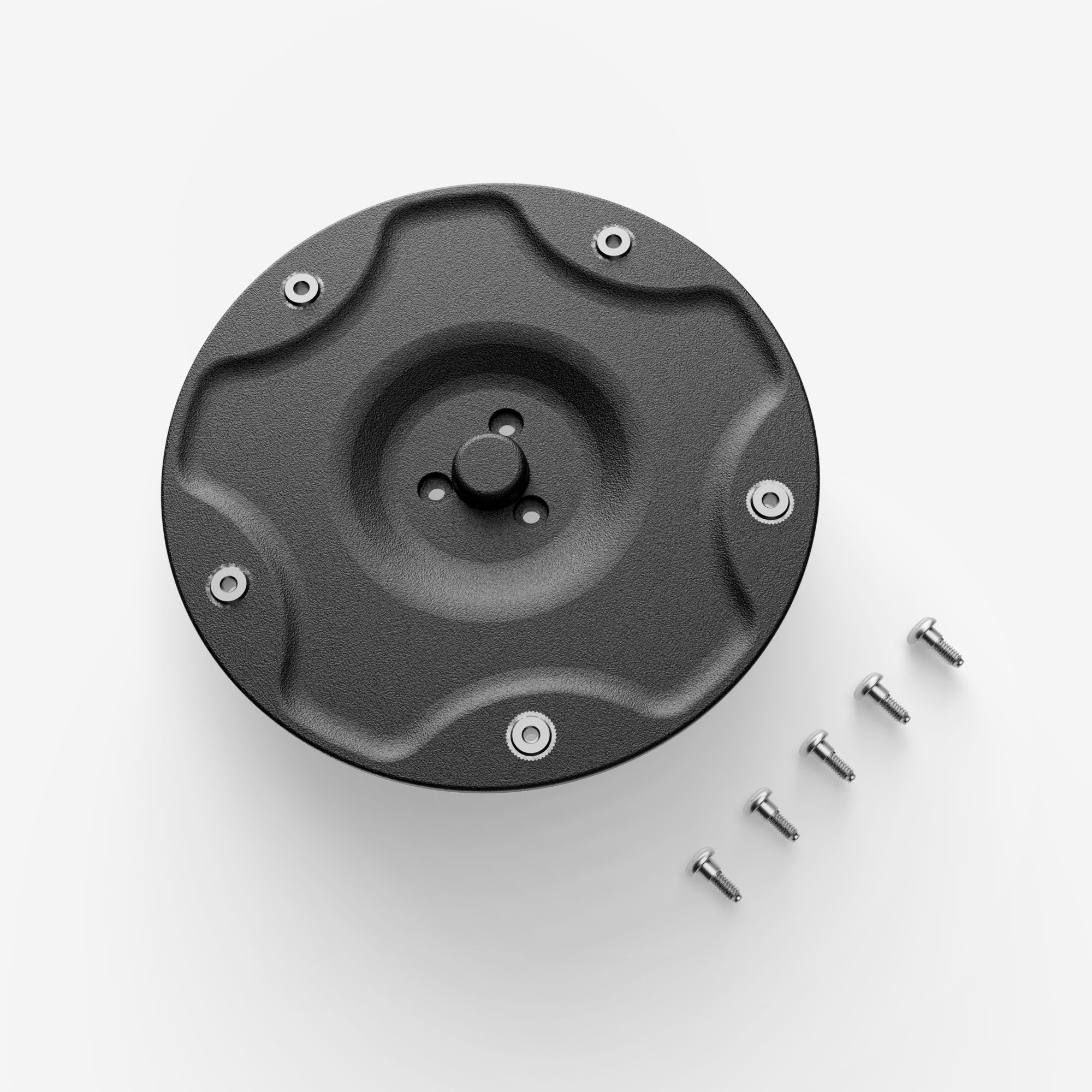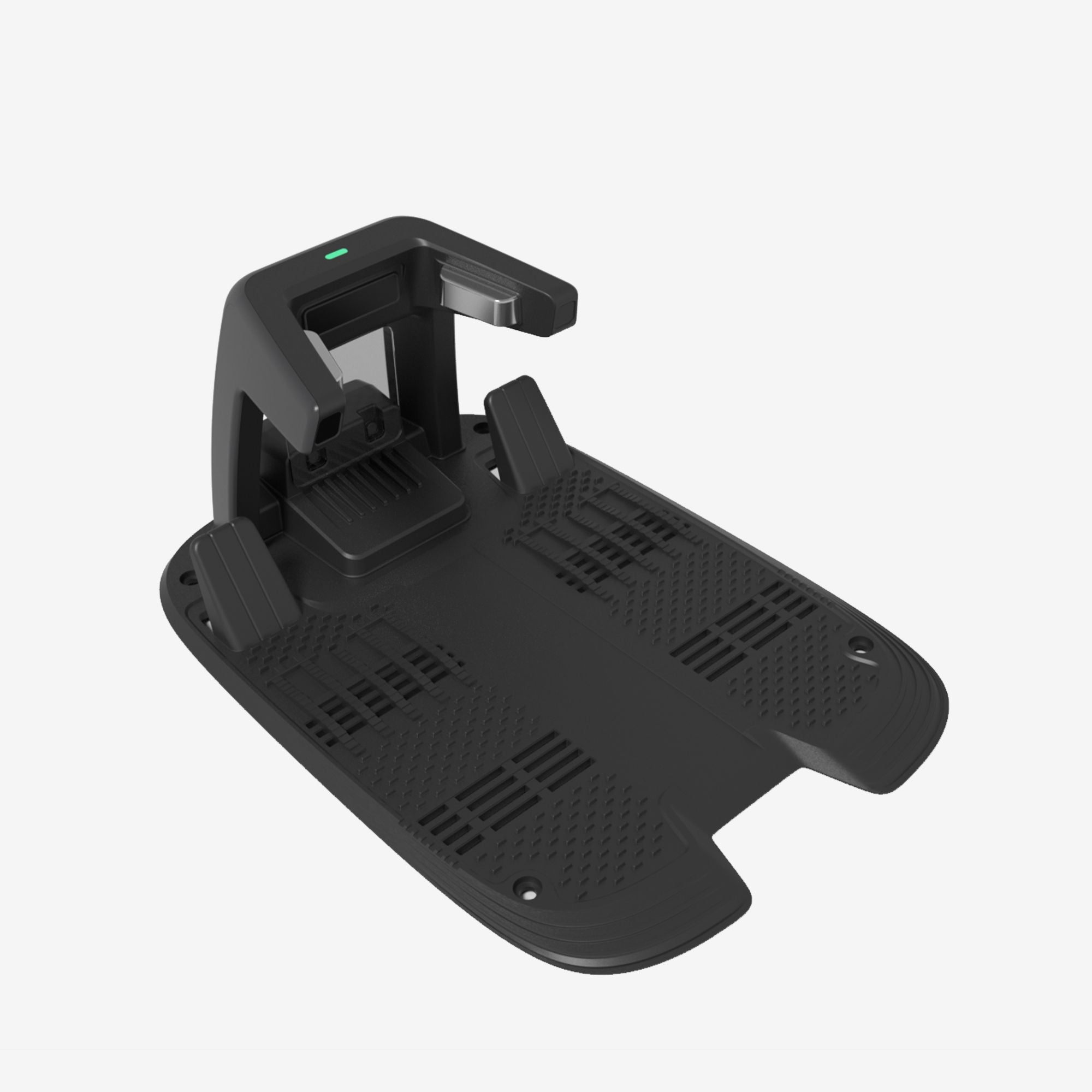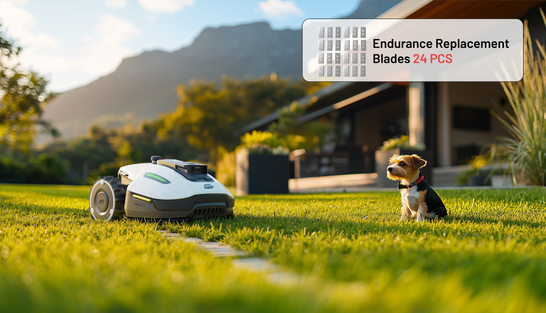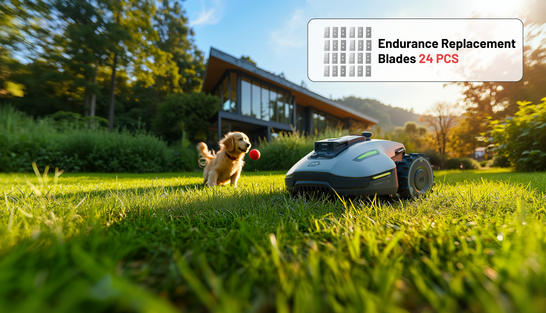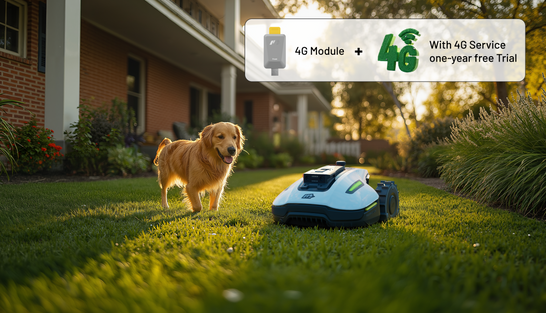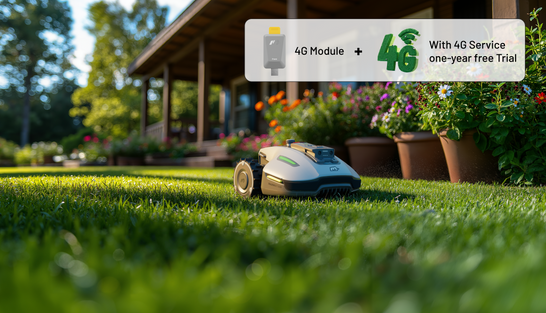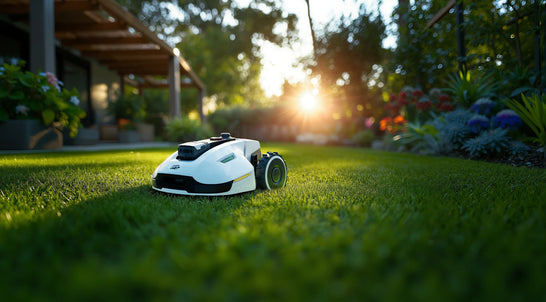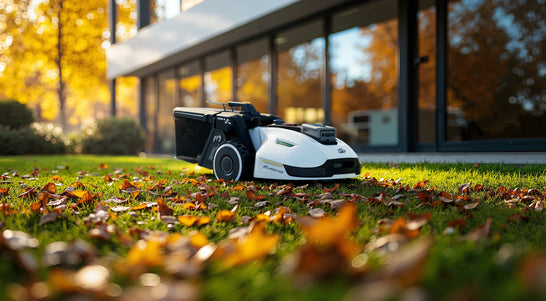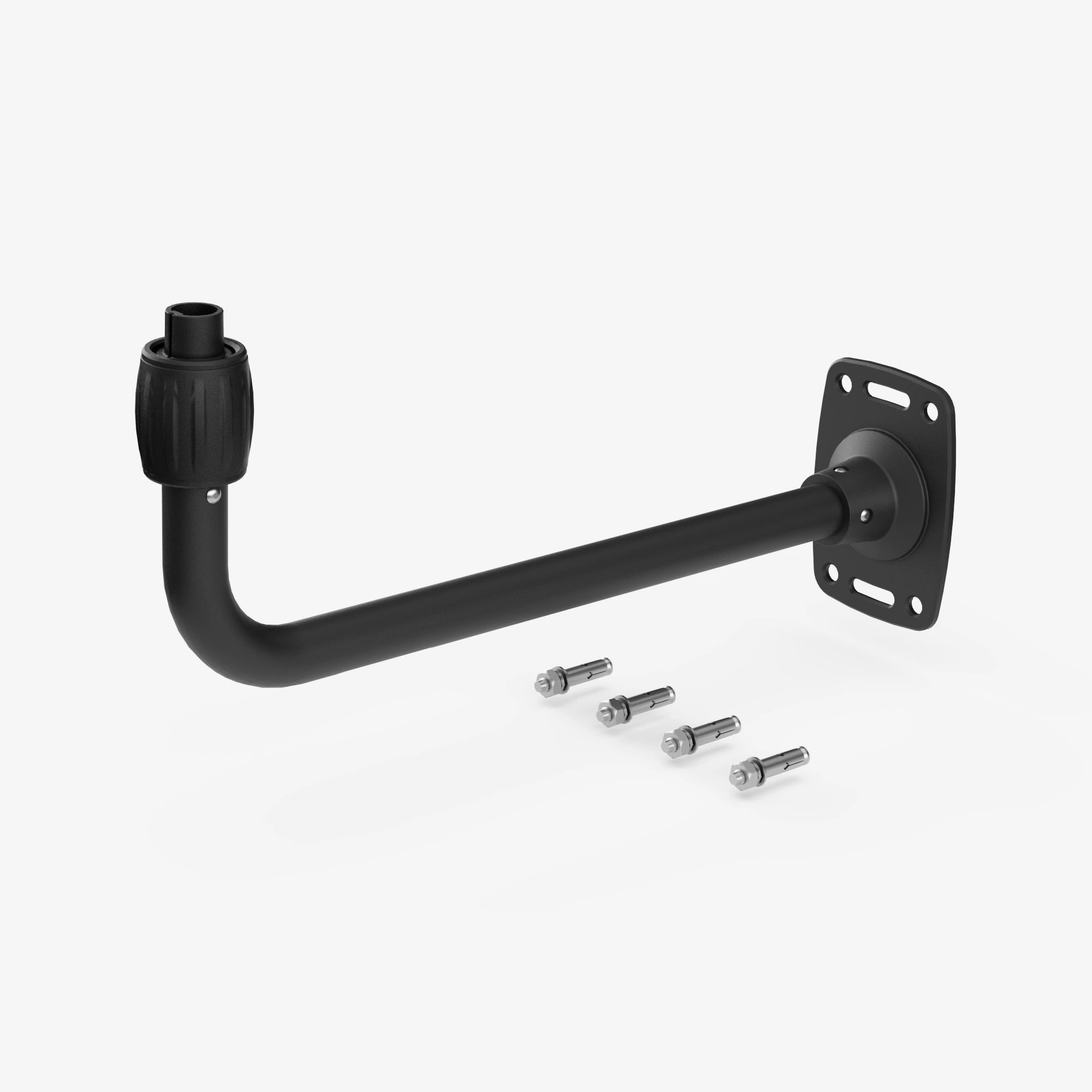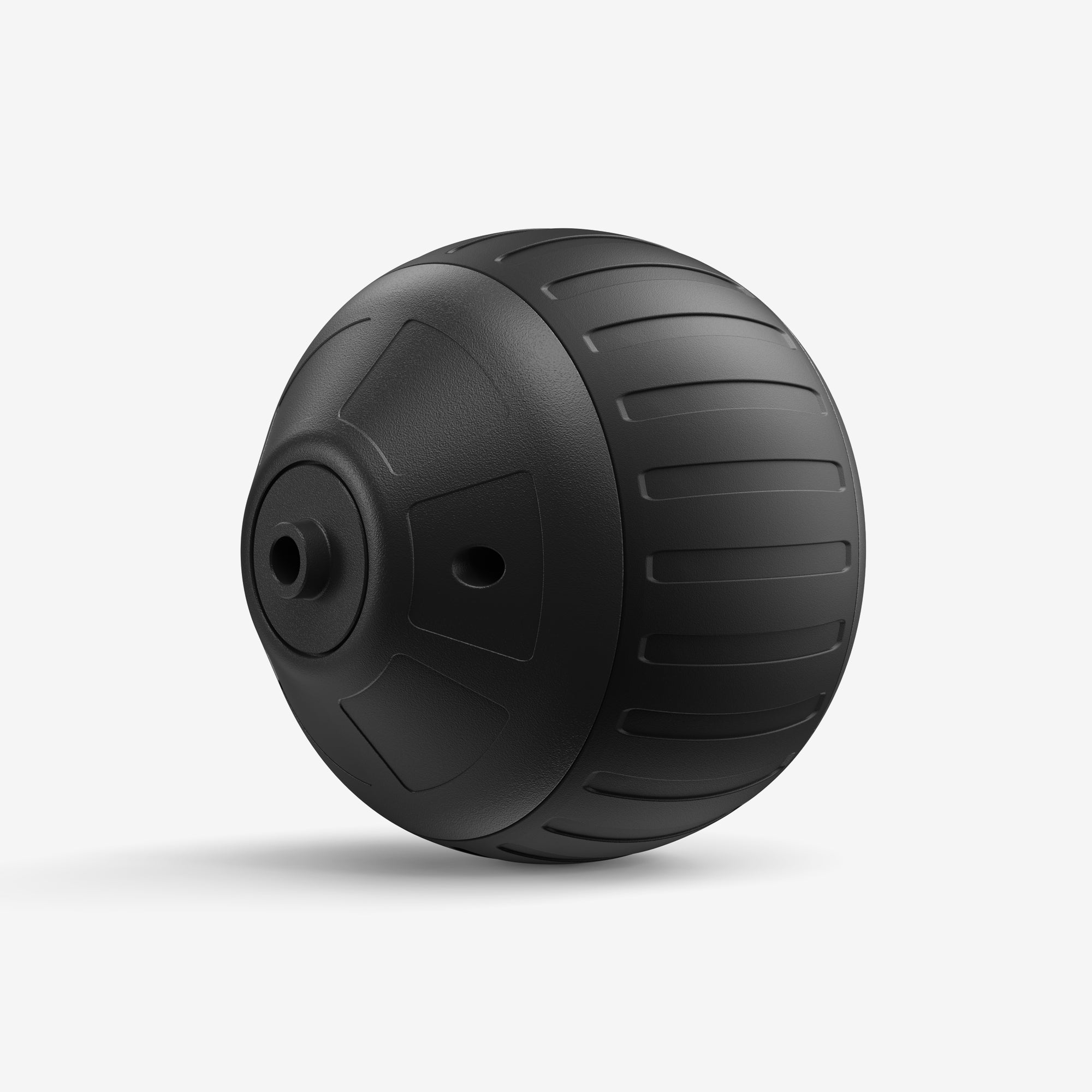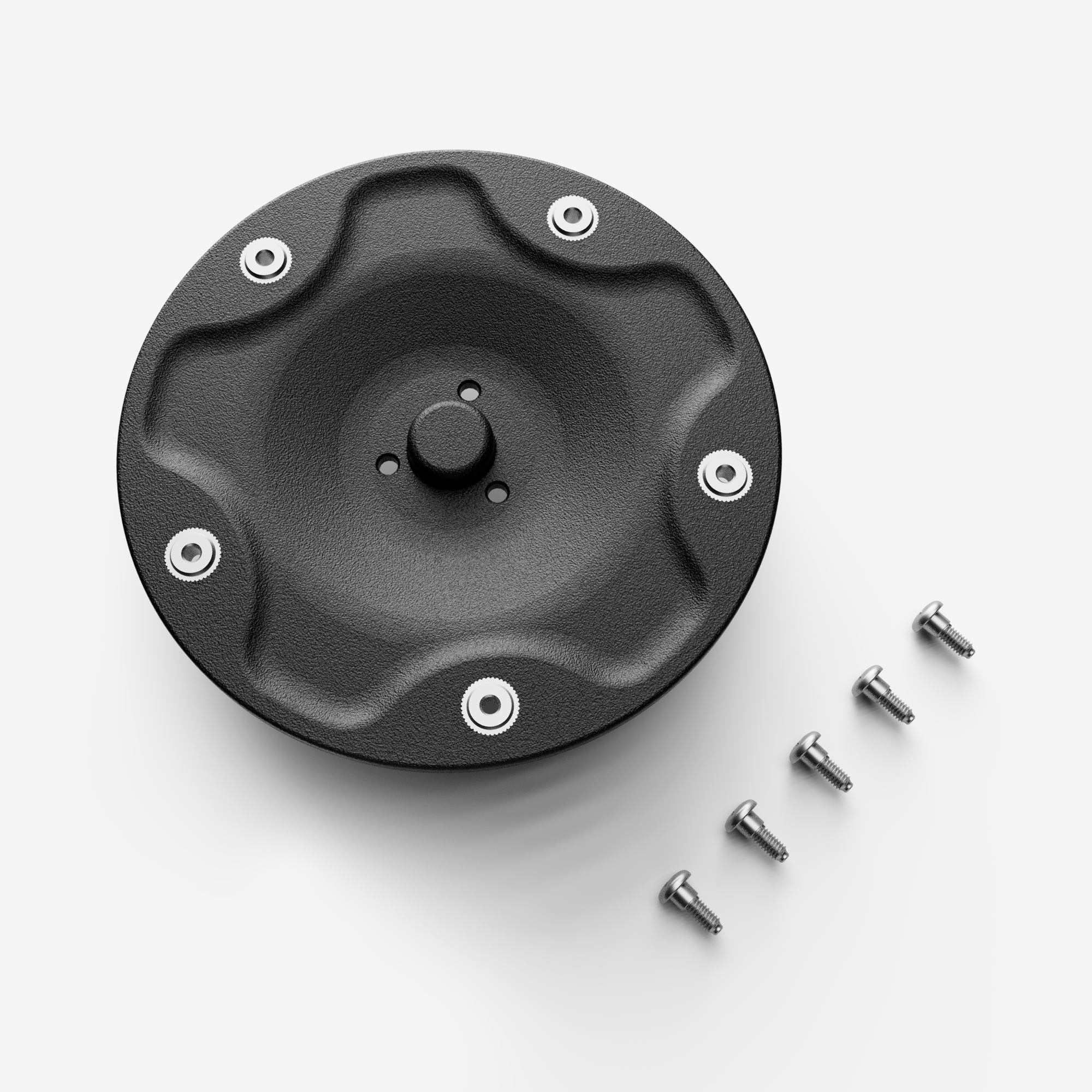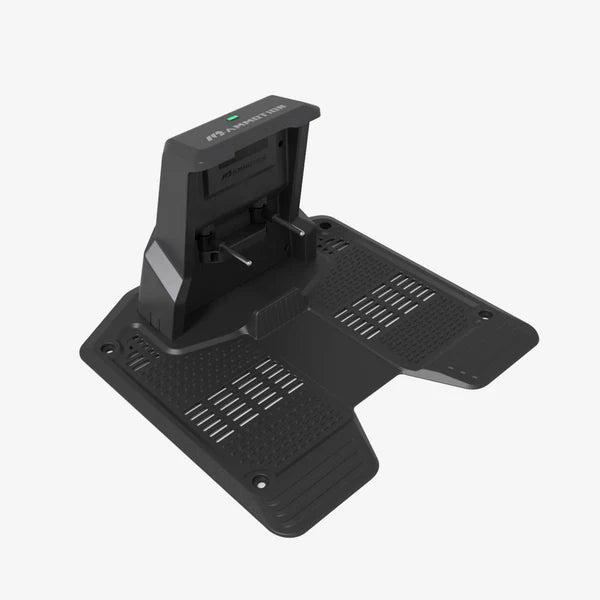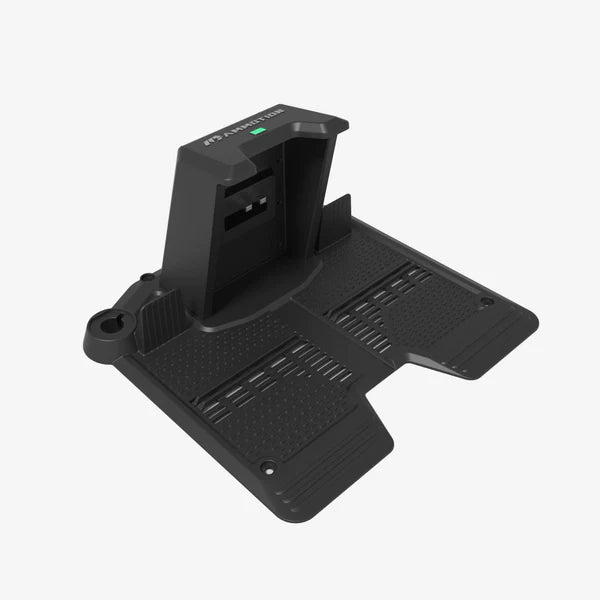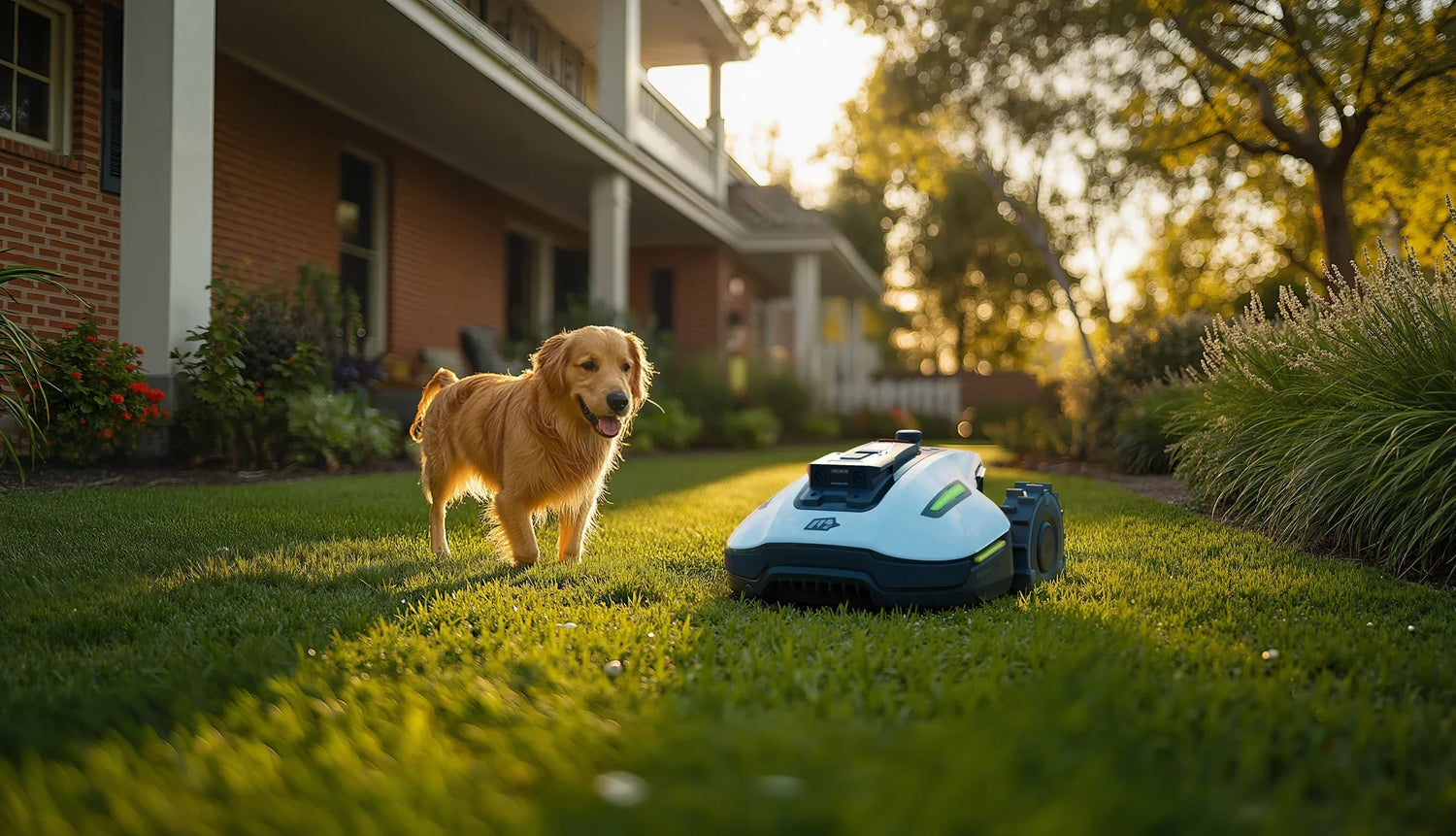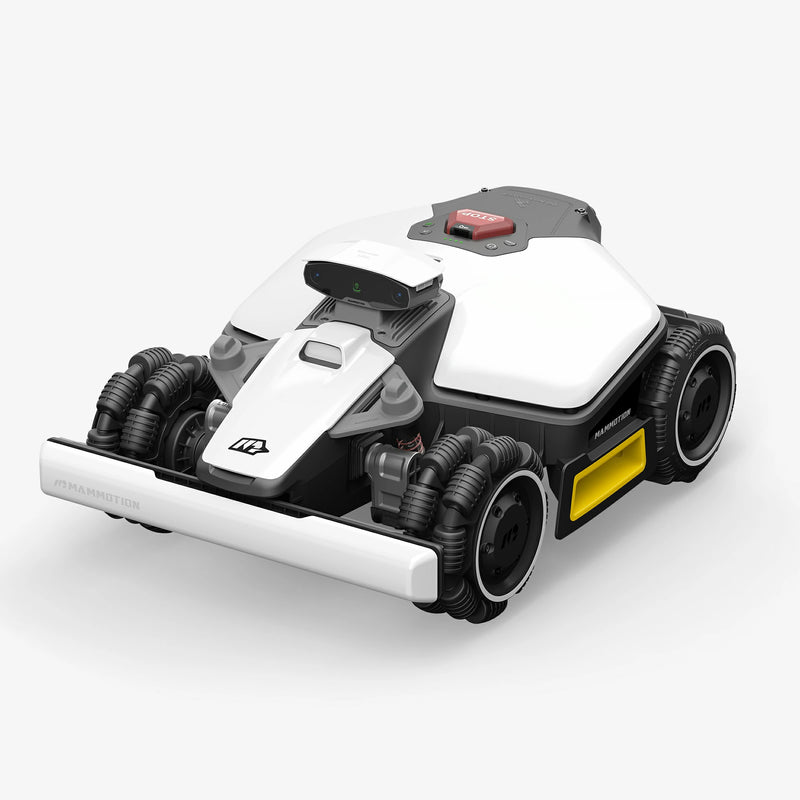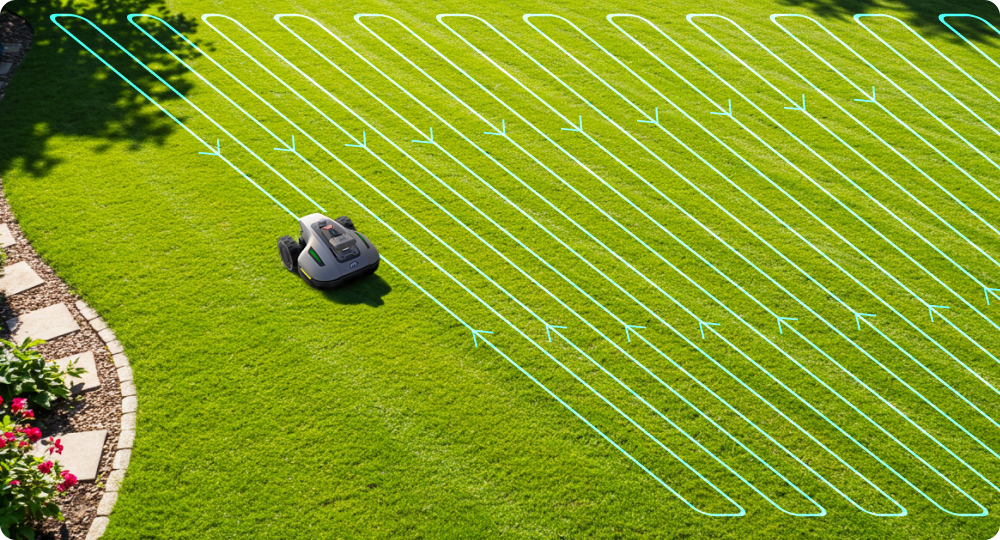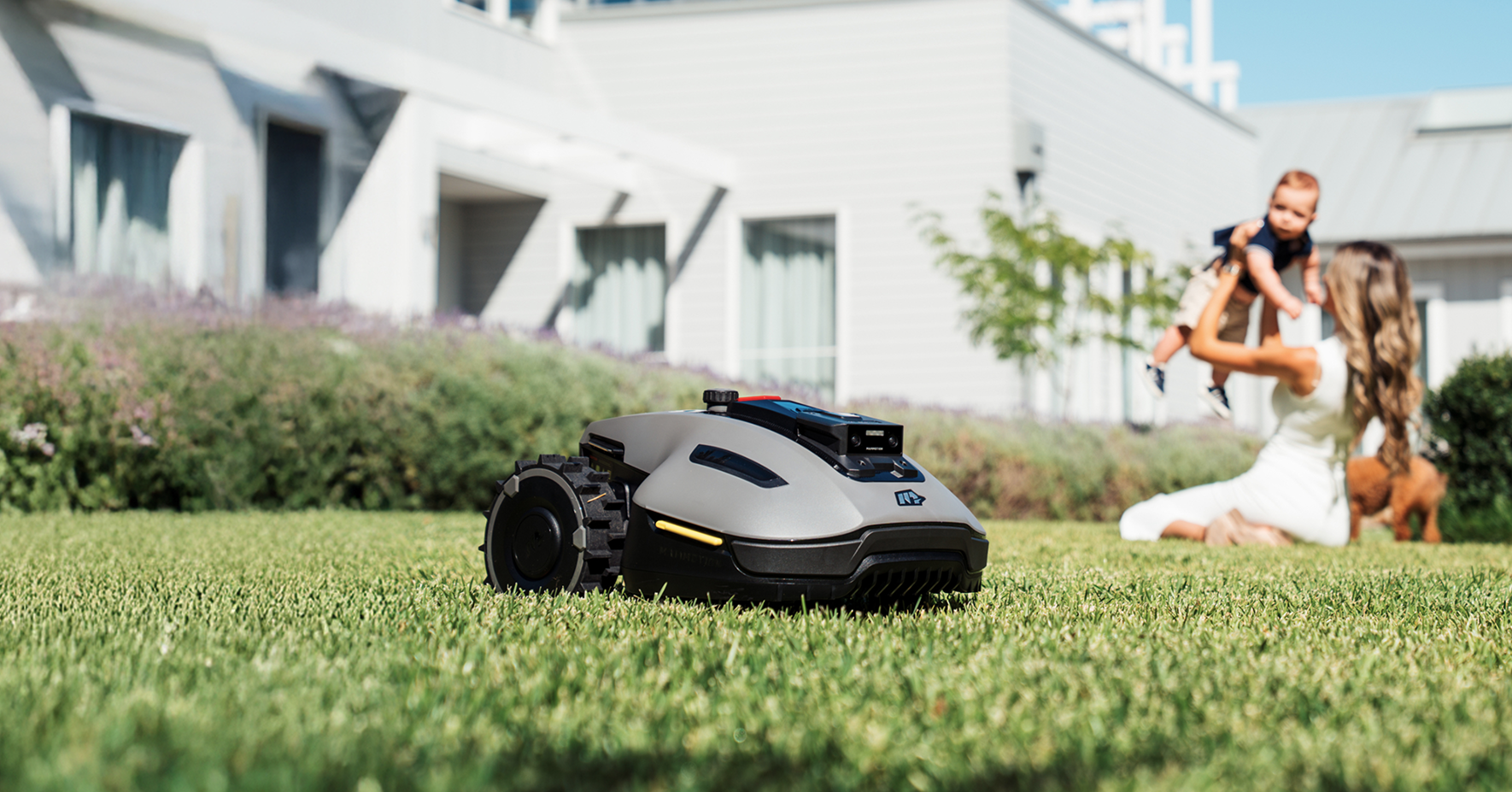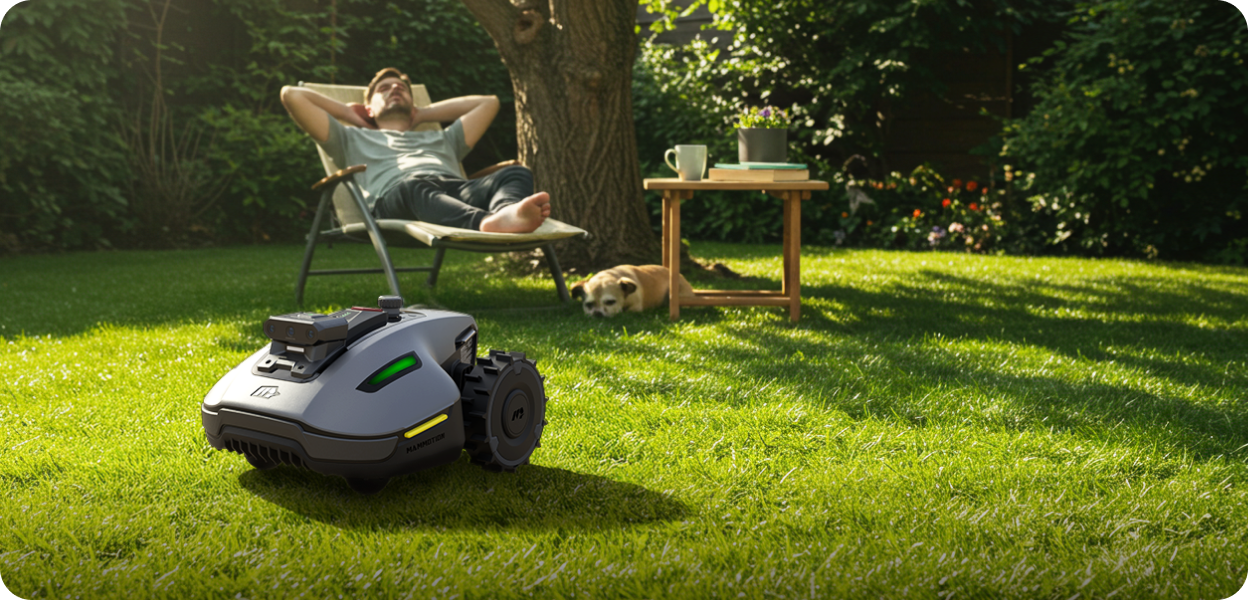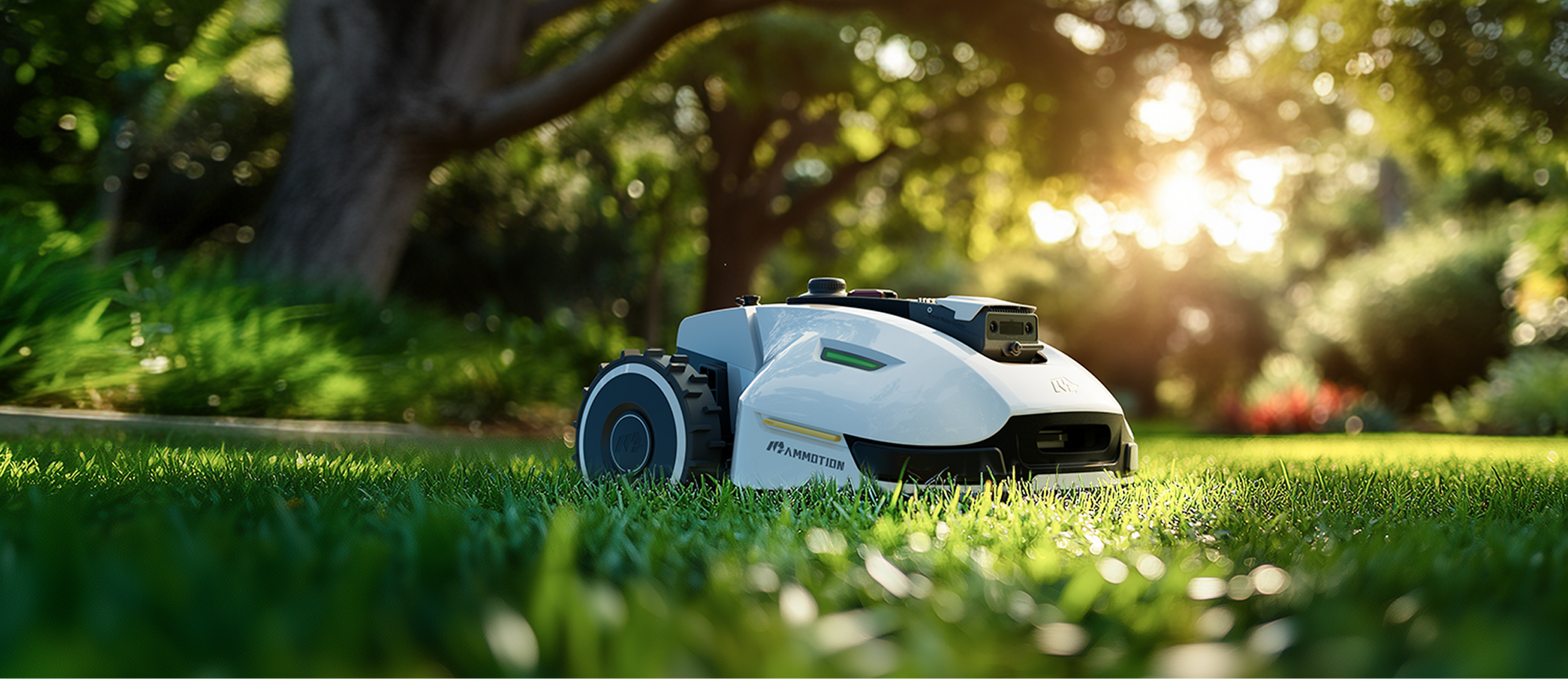Robotic lawn mowers have revolutionized lawn maintenance by providing a hands-free, efficient, and automated way to keep your grass neatly trimmed. With advancements in technology, these mowers have evolved from simple boundary-based systems to highly intelligent, GPS-guided machines.
Today, homeowners looking to invest in a robotic lawn mower typically face two main choices: GPS-based robotic mowers without physical boundary wires and Wired robotic mowers that rely on perimeter wires.
Both options have their advantages and drawbacks, and the best choice depends on factors such as lawn size, budget, terrain complexity, and personal preference. So, which is better for your lawn: a GPS robot mower or a wired one? This article will compare these two technologies to help you decide which type of robotic lawn mower is the best fit for your needs.
How Does a GPS Robot Lawn Mower Work?
A GPS robotic lawn mower operates using advanced satellite navigation technology to determine its mowing area. Unlike traditional boundary wire mowers, these models eliminate the need for physical perimeter wires, making setup and operation more convenient.
Key Features of GPS Robot Mowers
1. RTK-GPS (Real-Time Kinematic GPS) for Precision Navigation
These mowers utilize RTK-GPS technology, which improves location accuracy down to centimeter-level precision.
By using a fixed reference station, RTK-GPS corrects positioning errors and ensures the mower stays within its designated mowing zone.
This makes GPS robot lawn mowers ideal for large lawns (typically over 0.5 acres), as they can efficiently cover wide areas without boundary wire limitations.
2. Smart Zone Mapping & Virtual Boundaries
Homeowners can set up virtual mowing zones using a mobile app.
Some models allow multi-zone settings, where you can divide your lawn into sections and schedule different mowing times for each.
If the lawn layout changes, users can simply update the mowing area via the app, eliminating the need to physically move boundary wires.
3. Automatic Route Optimization
GPS robotic mowers plan efficient mowing paths, ensuring complete lawn coverage.
Unlike wired models that move randomly, GPS models follow systematic, straight-line patterns, reducing mowing time and improving energy efficiency.
4. Ideal for Large & Complex Lawns
A robot lawn mower without boundary wire works best on large properties, irregularly shaped lawns, or areas with obstacles.
These mowers can adapt to different landscapes without requiring manual adjustments.
How Does a Wired Robot Lawn Mower Work?
A wired robotic lawn mower, also known as a boundary wire robot mower, operates using physical perimeter wires to define its mowing area. Unlike GPS-based models, these mowers rely on low-voltage boundary wires installed around the edges of the lawn. The mower detects these wires through built-in sensors and stays within the defined mowing zone.
Key Features of Wired Robot Mowers
1. Boundary Wire Installation
Homeowners must manually install a perimeter wire around the lawn.
The wire can be buried underground or placed on the surface and secured with pegs.
The mower follows signals from the wire, ensuring it does not cross into undesired areas like flower beds or driveways.
2. Random or Semi-Systematic Mowing Pattern
Most wired robotic mowers operate using a random mowing pattern, ensuring full lawn coverage over time.
Some advanced models use sensors to optimize their routes for better efficiency.
3. Reliable Performance in Various Conditions
Unlike GPS mowers, wired models are not affected by satellite signal loss.
They work efficiently under trees, near buildings, or in areas with weak GPS reception.
4. Best for Small to Medium-Sized Lawns
These models are ideal for yards under 0.5 acres, where a permanent mowing boundary is convenient and effective.
GPS vs. Wired Robot Lawn Mower: Pros & Cons
When choosing between a GPS robotic lawn mower and a wired robotic lawn mower, it's important to understand their key differences. Below is a comparison of their advantages and disadvantages to help you decide which one suits your needs best.
GPS Robot Mower: Pros
1. Easy Setup – No Boundary Wire Required
GPS robot mowers use RTK-GPS technology to define mowing areas, eliminating the need for manual boundary wire installation.
Setup is faster and more flexible, making it ideal for those who frequently change their lawn layout.
2. Highly Precise Mowing
Advanced GPS-guided navigation ensures a structured and systematic mowing pattern, reducing missed spots or over-mowing.
Works well for large and complex lawns, covering up to 2 acres or more.
3. Adaptability to Changing Landscapes
Since GPS mowers don’t rely on physical wires, they automatically adjust to terrain changes, such as newly planted trees or modified lawn areas.
4. Smart Connectivity & Remote Control
Most GPS models include Wi-Fi or 4G connectivity, allowing users to monitor and control the mower via a smartphone app.
GPS Robot Mower: Cons
1. Higher Cost
GPS-enabled robot mowers are more expensive, typically ranging from $1,500 to $4,000, depending on the brand and features.
2. Signal Dependency
Performance can be affected by weak GPS signals, especially in heavily wooded areas or near tall buildings.
3. More Power Consumption
GPS tracking and real-time communication require more battery power, leading to shorter mowing times per charge compared to wired models.
Wired Robot Mower: Pros
1. More Affordable
Wired robotic mowers are generally cheaper, with good models available between $600 and $1,200, making them budget-friendly.
2. Stable & Reliable Performance
Not affected by GPS signal loss, making them ideal for areas with trees, walls, or weak satellite reception.
Works well in all weather conditions without interruptions.
3. Precise Boundary Control
The physical boundary wire prevents the mower from leaving designated areas, which is useful for homeowners who want strict control over mowing zones.
Wired Robot Mower: Cons
1. Time-Consuming Installation
Requires manual setup of perimeter wires, which can be labor-intensive and may take several hours.
2. Limited Flexibility
If you want to expand or modify your lawn, you’ll need to move or reinstall the boundary wires manually.
3. Less Efficient Mowing Pattern
Many wired models use random mowing patterns, which can lead to overlapping paths or missed spots.
Comparison Table: GPS vs. Wired Robot Lawn Mowers
|
Feature |
GPS Robot Mower |
Wired Robot Mower |
|
Setup Process |
Easy, no wires needed |
Requires manual boundary wire installation |
|
Best for Lawn Size |
0.5 - 2+ acres |
0 - 0.5 acres |
|
Navigation |
RTK-GPS, AI Vision |
Random or semi-systematic with boundary wire |
|
Precision |
High accuracy, structured cuts |
Relies on boundary wire, less precise |
|
Adaptability |
Adjusts to lawn changes |
Fixed layout, needs wire adjustments |
|
Price Range |
$1,500 - $4,000+ |
$600 - $1,200 |
|
Weather & Signal Impact |
Can be affected by GPS signal issues |
Works in all conditions |
|
Smart Features |
App control, Wi-Fi, 4G |
Basic models, some with Bluetooth control |
Which Is Better: Robot Lawn Mower GPS or Wire?
Now that we've compared GPS robotic lawn mowers and wired robotic mowers, the choice ultimately depends on your lawn size, budget, and personal preferences. Here’s how to decide which one is better for you.
Choose a GPS Robot Lawn Mower If:
1. You have a large or complex lawn (0.5 acres or more).
GPS robotic mowers are designed to efficiently cover large areas without needing boundary wires.
2. You don’t want to install or maintain boundary wires.
GPS mowers eliminate the hassle of setting up a wired system and adjusting it when your lawn layout changes.
3. You prefer advanced smart features and app control.
Most GPS models support Wi-Fi, 4G connectivity, and app-based control, allowing you to remotely monitor and control your mower.
4. You’re willing to invest more for premium performance.
GPS-enabled robot mowers generally cost $1,500+, but they offer greater efficiency, precision, and automation.
Choose a Wired Robot Lawn Mower If:
1. You have a small or medium-sized lawn (under 0.5 acres).
Wired models are cost-effective and provide reliable performance for standard-sized lawns.
2. You want a more budget-friendly option.
Wired robotic mowers are much cheaper than GPS models, with quality options available between $600 - $1,200.
3. Your lawn layout is simple and won’t change frequently.
If your lawn has a fixed shape and clear boundaries, a wired mower can handle mowing efficiently without additional setup.
4. You live in an area with weak GPS signals.
If your property has tall trees, buildings, or obstacles, GPS signals may be unreliable, making a wired model a more stable option.
Conclusion
When choosing between a GPS robot lawn mower and a wired (boundary wire) robot lawn mower, the decision comes down to your lawn size, budget, and maintenance preferences.
If you have a large or complex lawn and want a wire-free, high-tech mowing experience, a GPS robot mower is the best option. It offers precise navigation, app control, and easy setup, though it comes at a higher price.
If you’re looking for a budget-friendly, reliable solution for a small to medium-sized lawn, a wired robotic mower is a solid choice. While it requires initial installation, it provides consistent performance without GPS signal limitations.
Ultimately, both options have their pros and cons, so the best robot lawn mower for you depends on your specific needs.
Ready to Buy?
If you're considering a GPS or wired robotic mower, check out our top recommendations and find the best deals on Amazon, Home Depot, and other major retailers.

